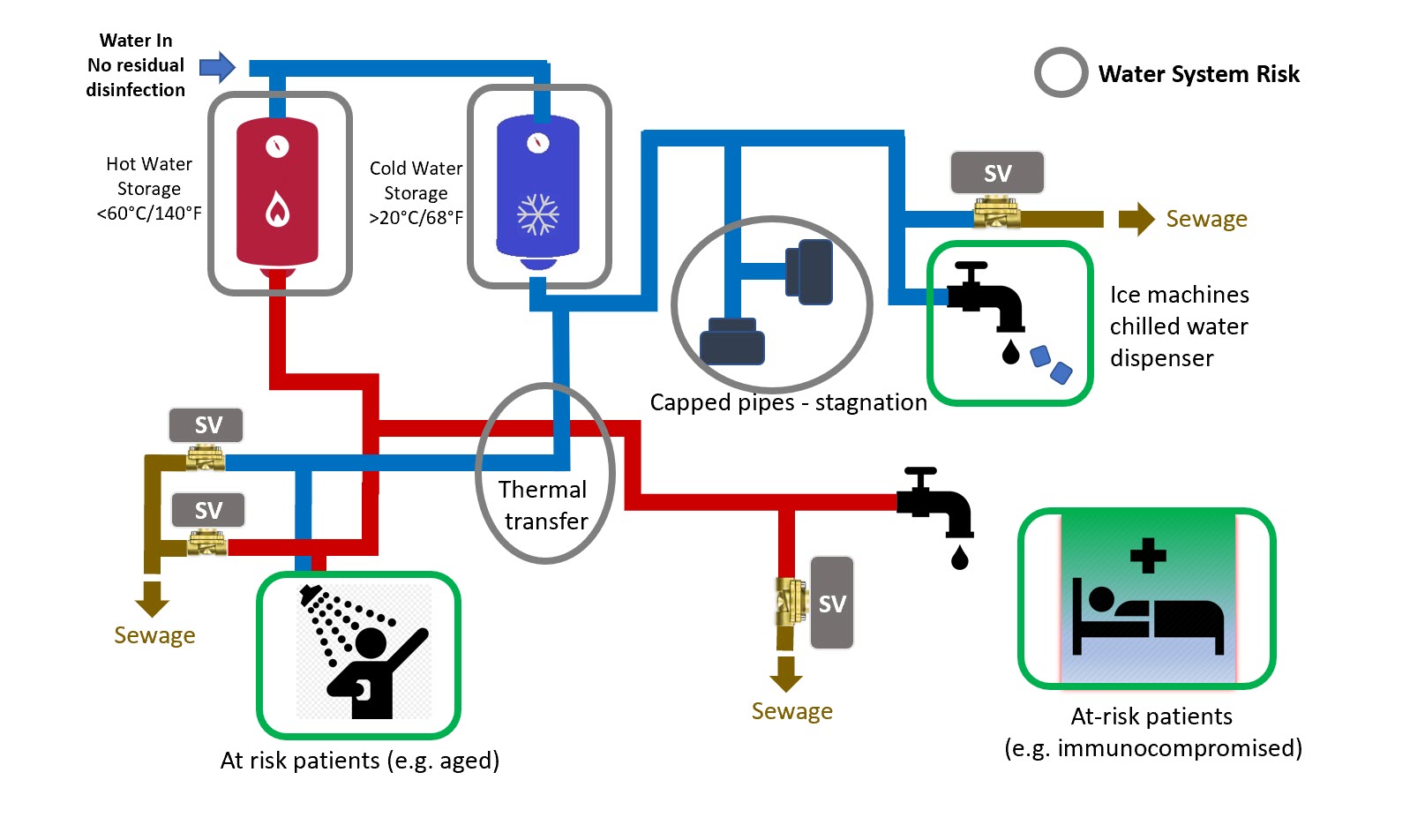9 Simple Techniques For Taking Control of Your Water Quality: The Role of Legio

Understanding Legionella Testing: A Crucial Step in Sustaining Water System Safety
In recent years, there has been a increasing problem about the presence of Legionella germs in water devices. Legionella is a kind of microorganisms that can create a intense form of pneumonia recognized as Legionnaires' health condition. This condition can be life-threatening, especially for people along with damaged immune units or underlying health problems. As a end result, Legionella screening has ended up being an essential action in preserving water device safety and security.
Legionella bacteria are typically found in natural water resources such as waterways and ponds. However, they can easily also prosper and increase in man-made water bodies such as cooling high rises, warm bathtubs, attractive water fountains, and pipes bodies. These environments deliver suitable disorders for the microorganisms to increase and spread.
When Legionella-contaminated water droplets are inhaled or aspirated into the bronchis, they can result in an infection that leads to Legionnaires' ailment. The signs and symptoms of this ailment include high high temperature, coughing, shortness of breathing, muscle mass aches, hassles, and sometimes diarrhea. In serious instances, it can easily result in pneumonia and even death.
To protect against break outs of Legionnaires' health condition and make sure the security of water systems, frequent testing for Legionella is crucial. Through determining the existence of these damaging micro-organisms early on, ideal action may be taken to reduce the threat.
Legionella screening includes gathering examples coming from a variety of aspects within a water body and analyzing them for the existence of the micro-organisms. There are different approaches available for administering these tests depending on variables such as the size and difficulty of the unit being analyzed.
One typical technique utilized for Legionella screening is culture-based evaluation. This entails breeding gathered examples on careful media that market the growth of Legionella germs while hindering various other microbes existing in the example. After an appropriate gestation time period, swarms being similar to Legionella are pinpointed via aesthetic examination or making use of certain staining techniques.

An additional technique is polymerase establishment response (PCR), which spots the DNA of Legionella microorganisms in the picked up examples. PCR is a rapid and delicate technique that can easily supply end result within a couple of hrs. It is particularly beneficial for detecting reduced degrees of Legionella or when urgent activity needs to be taken.
Irrespective of the testing strategy utilized, it is crucial that samples are collected the right way to ensure accurate outcome. Correct sampling approaches feature flushing the body prior to accumulating examples to steer clear of stationary water, using sterile containers, and observing specific tips delivered by governing body systems or testing research laboratories.
Once test outcome are secured, they ought to be analyzed by qualified specialists who can easily determine the threat degree and highly recommend suitable activities. If Legionella bacteria are detected over appropriate levels, remediation action such as sanitation or unit alterations may be necessary to regulate their development and avoid potential poisoning.
find out more about legionella testing is worth keeping in mind that Legionella testing must not be dealt with as a one-time task but instead as an continuous procedure. Regular display and screening ought to be administered to ensure the proceeded safety and security of water units, especially those at higher danger such as medical care locations, hotels, and other big buildings with complex plumbing system systems.
In conclusion, understanding Legionella screening is crucial for preserving water system protection. Through determining the existence of Legionella microorganisms with frequent display and screening, suitable procedure may be taken to stop episodes of Legionnaires' disease. Culture-based study and PCR are commonly utilized approaches for conducting these examinations, but effective sampling techniques and expert interpretation of end result are similarly crucial. Via successful Legionella administration methods, we can guard social health through making certain tidy and safe water bodies for everyone.
